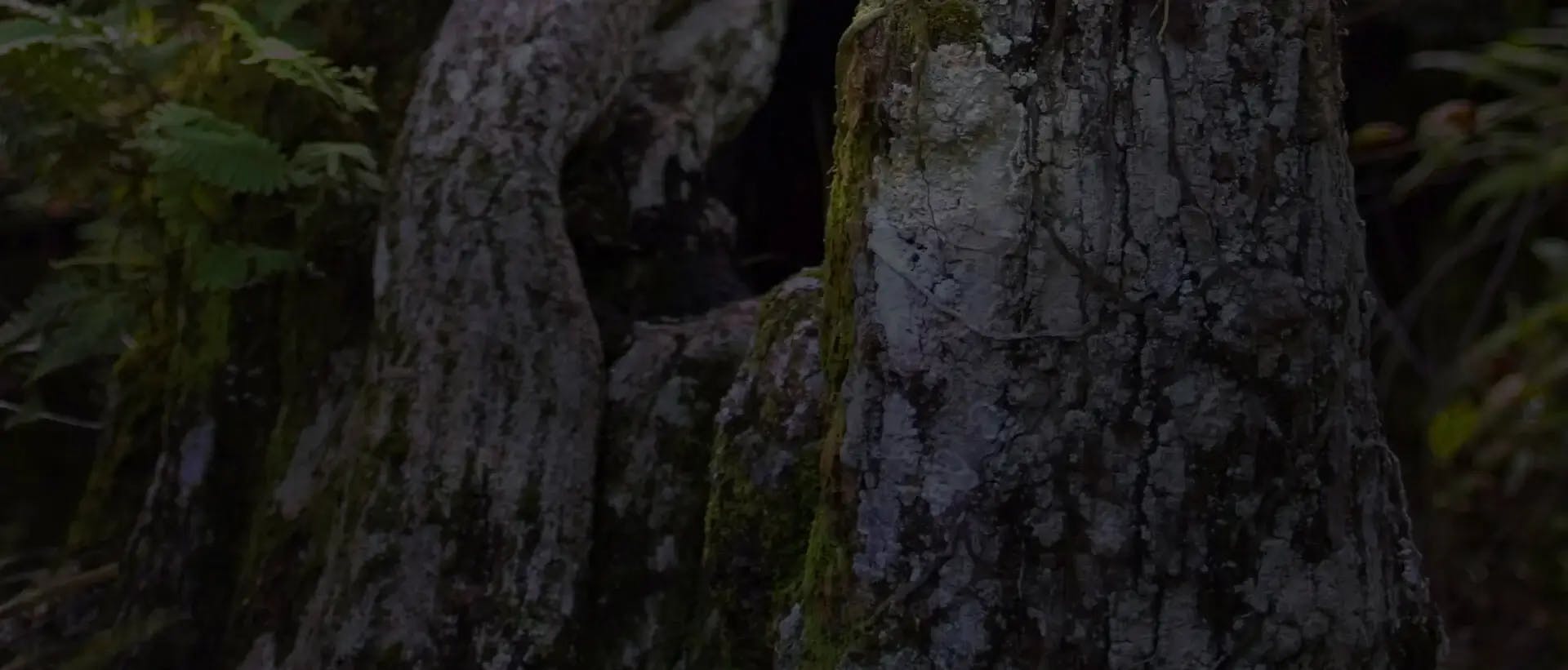Finding
SITF has determined that this plant is not Dracula ripleyana (Jun 2025), but likely of hybrid origin. It has simliar attributes to D. hirsuta, but the lip form with the four distinctive cavities in the half oval lip does not look like D. hirsuta or D. ripleyana. Also, D. ripleyana is not as hirsute as is this flower. Most photos show D. ripleyana as nearly glabrous compared to this plant.
Overall Length Of Growth Cane: 27.1
Number Of Leaves Per Growth Or Cane: 1
Leaf Length: 27.1
Leaf Width: 2.1
Leaf Margin: entire
Leaf Shape: lanceolate
Leaf Petiole Length: 1.0
Pseudobulb Distance: 0.2
Pseudobulb Root Tip: green
Inflorescence Overall Length: 20.3
Inflorescence Arrangement: sequential
Inflorescence Dist Base To Bud: 14.2
Inflorescence Dist Bet Flowers: 5.9
Inflorescence Dist To Sepal: 1.3
Floral Bracts Length: 1.1
Floral Bracts Width: 0.1
Ovary Length: 0.6
Ovary Width: 0.2
Ovary Shape: cylindrical, curved at pedicel
Ovary Color: green, striped deep red purple
Ovary Texture: smooth
Flower Natural Spread Length: 12.5
Flower Natural Spread Width: 6.5
Dorsal Sepal Length: 1.1
Dorsal Sepal Width: 1.4
Dorsal Sepal Cauda Length: 5.0
Dorsal Sepal Cauda Width: 0.1
Lateral Sepals Length: 1.4
Lateral Sepals Width: 1.2
Lateral Sepals Caudae Length: 5.9
Lateral Sepals Caudae Width: 0.1
Petals Width: 0.1
Judging Center: Carolina's Judging Center
Award Number: 20252417
Award Date: April 19, 2025
Awarded As: AM
Vendor: EcuageneraReferences: IOSPEAward Description:Six flowers and 8 buds on 29 sequential inflorescences, some decumbent, others arching; sepals white, pubescent, stippled burgundy distally, leaving a central halo, caudae erect, burgundy; petals minute, white with burgundy spot apically, burgundy stripes basally; lip white, hinged and sharply cupped, 3 keels, inner rim dentate; column and anther cap white; substance moderate; texture crystalline; judges noted that flowers were partially dehydrated upon photographing and caudae were no longer straight.jdharpst:Joe, I hope you are doing well. Thank you for all the work that you and the other SITF committee members do for the AOS. I was hoping the SITF might be willing to reevaluate an award as I have additional information and higher resolution photographs for award number 20252417. I reached out to the vendor for help with identification (see below for Hugo's message) and hope that the new photographs showing the lip in greater detail might help in confirming the validity of the tag. The additional photos are attached.Sincerely, Jason HarpsterFrom: Hugo Medina Date: Thu, Sep 4, 2025 at 5:08 PMSubject: Re: Dracula identification helpTo: Ivan Portilla Cc: jdharpst Dear Jason, It is true that Draculas pollinate very easily in cultivation, producing natural hybrids, but it is not common to see them growing on their own, unless they are reproduced in a laboratory. In the case of your Dracula ripleyana, I personally believe that it is, as the lip in the photo and the one in the description are identical.Ivan,I was hoping you could point me in the right direction on a dracula question. In May of this year, I had a Dracula ripleyana given a provisional quality award that has since been nullified due to findings from the Species Identification Task Force. My concern is that the pictures that were submitted to the SITF were not that clear, especially of the lip which was the source of some debate as you can read in the article. I have since taken additional pictures that show these features a little better. Do you think the plant pictured is a true Dracula ripleyana or do you agree with the SITF's findings that it is likely a hybrid? I am not sure that I agree with their findings about the lip, though this flower is definitely more hirsute than other examples of the species. I know draculas readily hybridize when grown together and that there is a chance that this is a spontaneous hybrid. There are not any registered hybrids with ripleyana. What are your thoughts; do you think this plant tag is accurate?






























